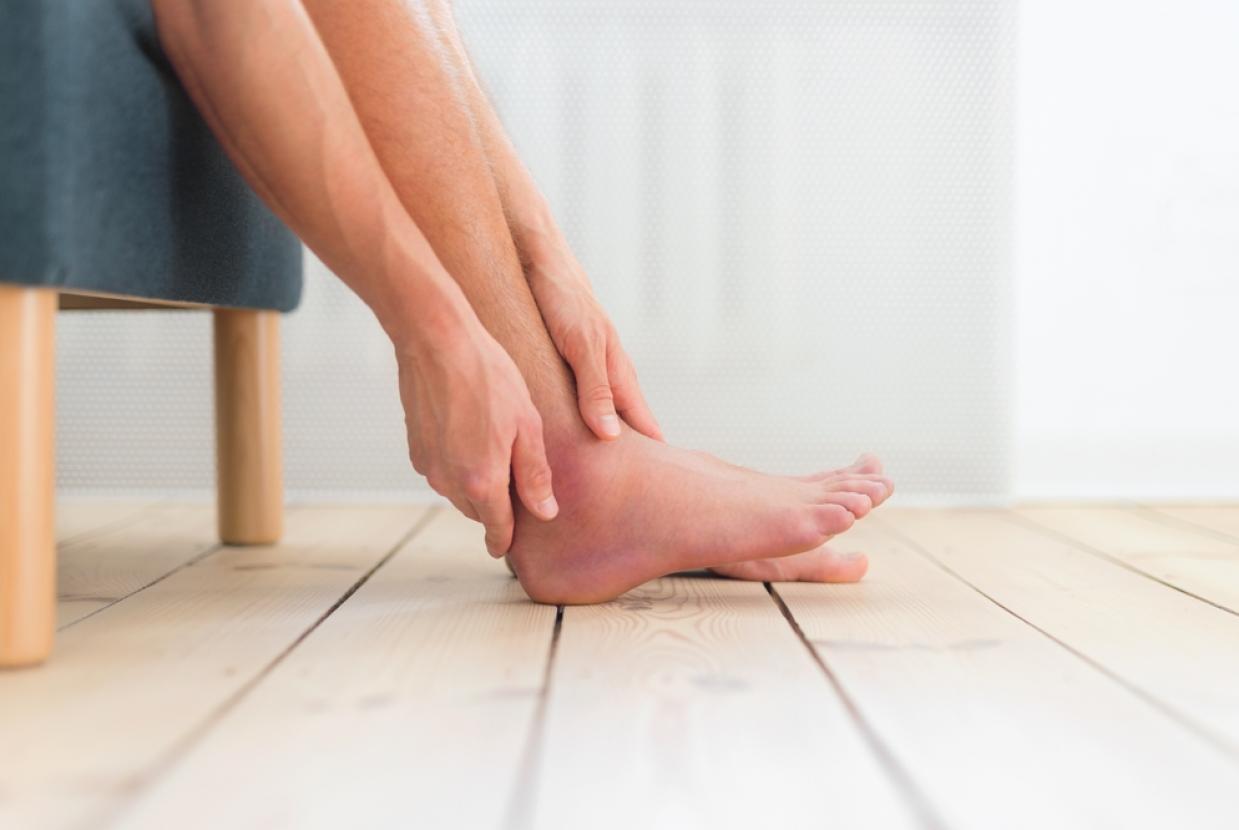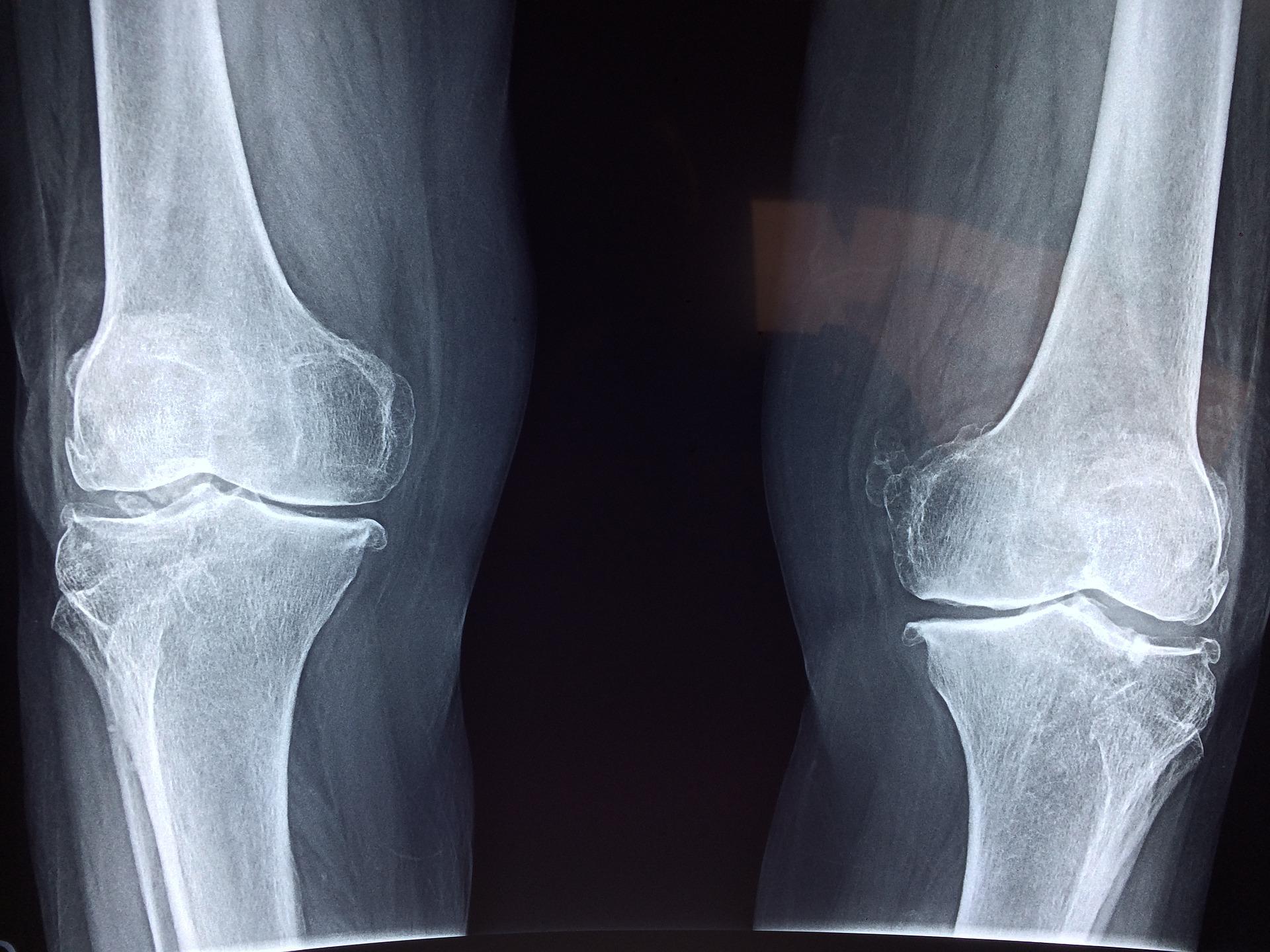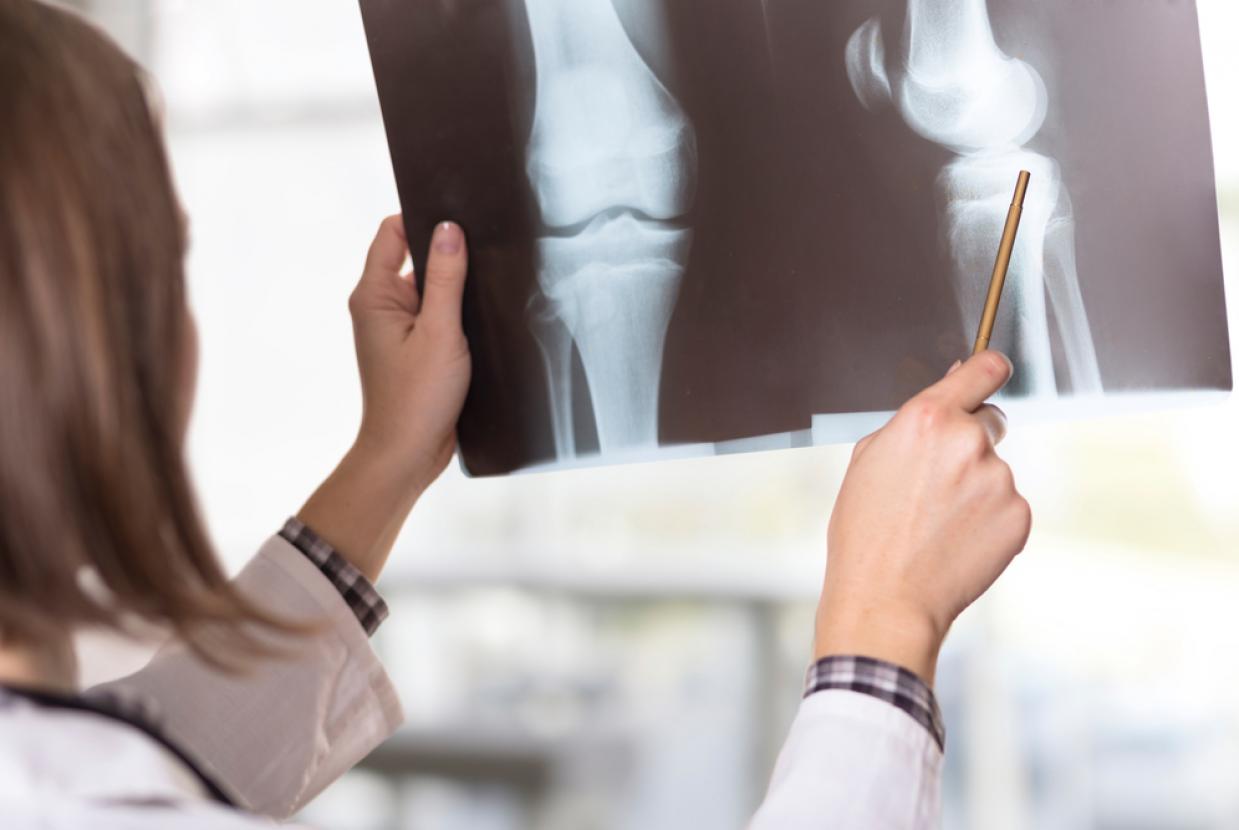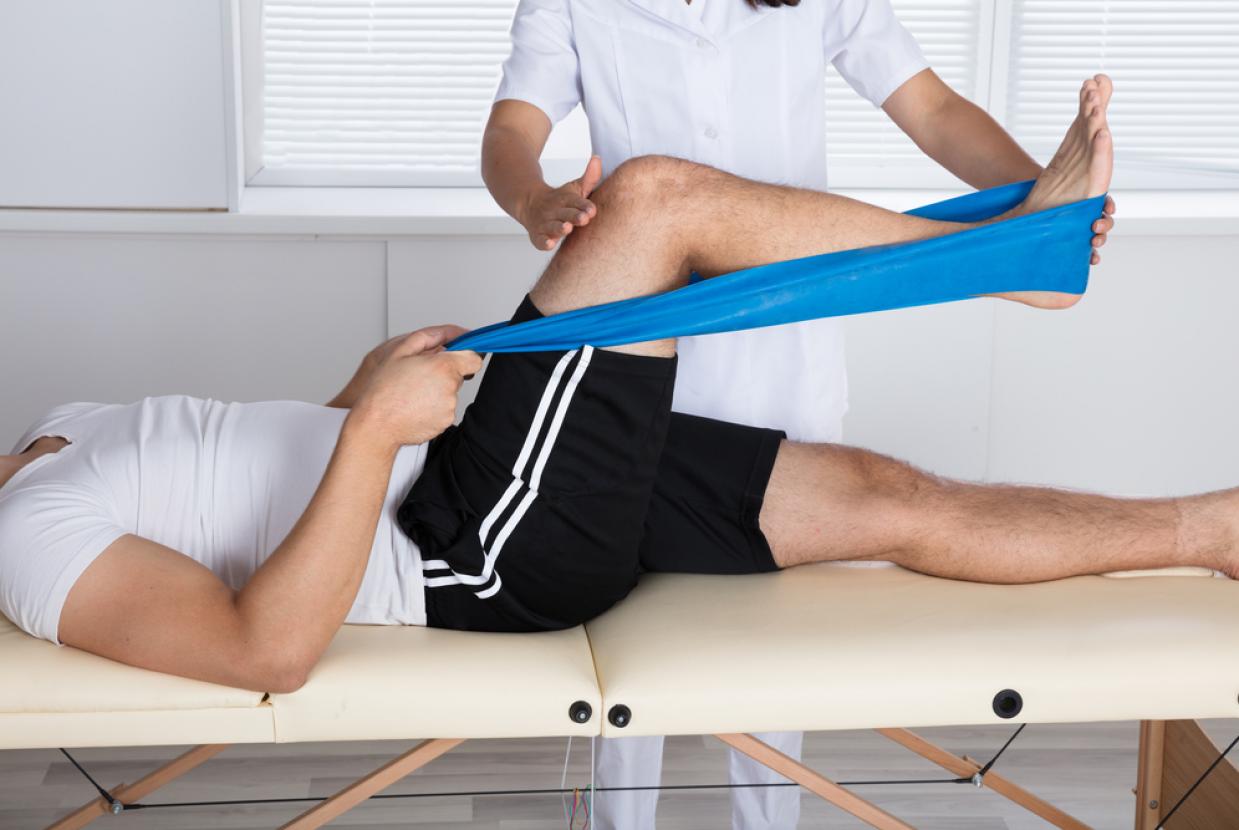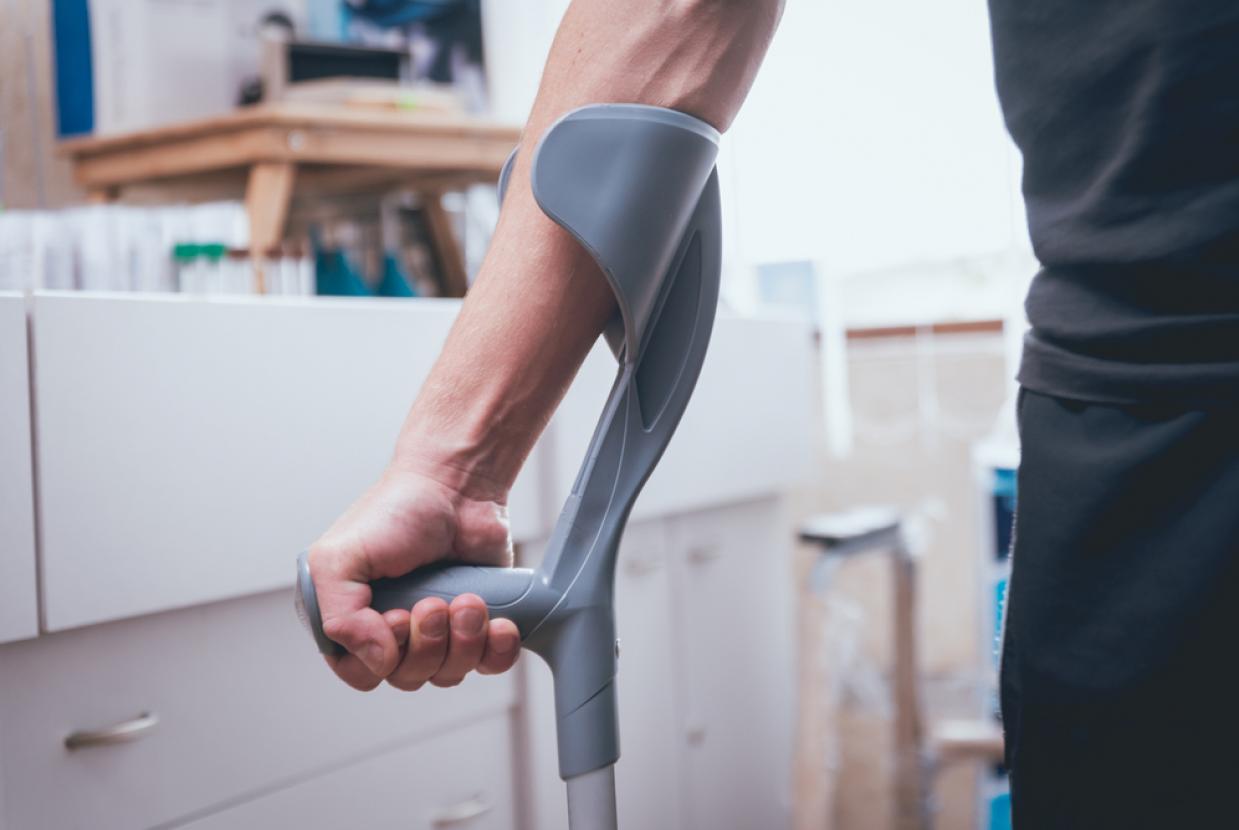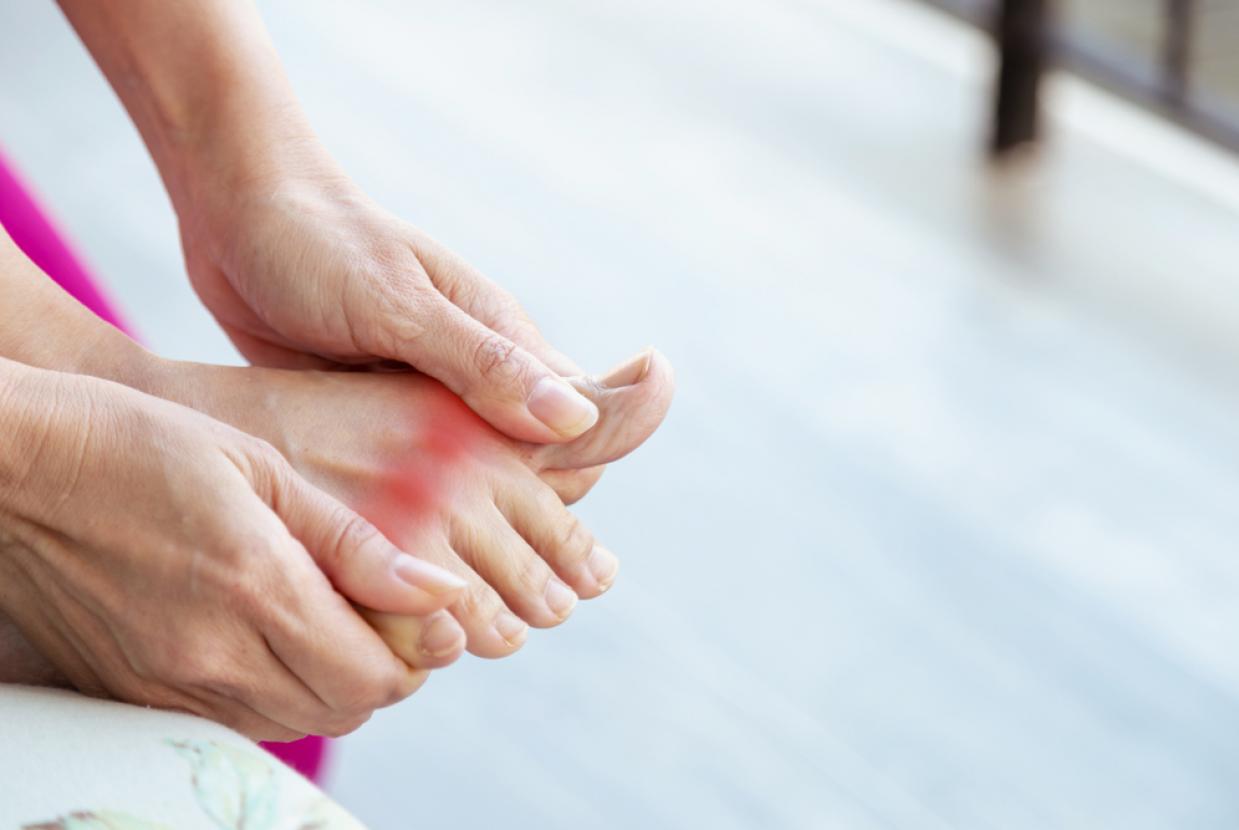Psoriatic Arthritis Awareness Month
Arthritis/Back Pain/Joint PainPsoriatic arthritis (soh-rye-at-ik arth-rye-tus) can cause pain, swelling and stiffness in and around your joints. It usually affects 3 in 10 people who already have the skin condition psoriasis (soh-rye-a-sis).
Psoriasis causes patches of red, flaky skin which is covered with silvery-like patches. Some people may develop psoriatic arthritis before the psoriasis is even present. In rare cases people have psoriatic arthritis and never have any noticeable patches of psoriasis. Psoriatic arthritis and psoriasis are both autoimmune conditions, caused by a fault in the immune system.
What are the symptoms of psoriatic arthritis?
Psoriatic arthritis can cause several different symptoms around the body. People will often have two or more of these symptoms, and they can range from mild to severe.
Some of the main symptoms include:
- joint pain
- swelling in one or more joints
- joint stiffness – which feels worse when you get up after a rest and lasts longer than 30 minutes.
These symptoms are caused by inflammation inside a joint. This is known as inflammatory arthritis
What are the symptoms of psoriasis?
There are different types of psoriasis. The most common is chronic plaque psoriasis. This causes patches of red, flaky skin, with white and silvery scales.
It can occur anywhere on the skin, but most commonly at the elbows, knees, back, buttocks and scalp.
How will psoriatic arthritis affect me?
The effects of psoriatic arthritis can vary a great deal between different people. This makes it difficult to offer advice on what you should expect.
Psoriatic arthritis can cause long-term damage to joints, bones and other tissue in the body, especially if it isn’t treated.
Starting the right treatment as soon as possible will give you the best chance of keeping your arthritis under control and minimise damage to your body allowing you to lead a full and active life with psoriatic arthritis.
Diagnosis
If your GP thinks you have psoriatic arthritis, you’ll need to see a rheumatologist. These are doctors with special knowledge of the condition.
There’s no specific test to diagnose psoriatic arthritis, so a diagnosis will be made based on your symptoms and a physical examination by your doctor. Tell your doctor if you have any history of psoriasis or psoriatic arthritis in your family.
If you’ve developed psoriasis in the past few years, and symptoms of arthritis have started more recently, this could suggest it’s psoriatic arthritis. But it doesn’t always follow this pattern.
It can sometimes be difficult to tell the difference between psoriatic arthritis and some other conditions, including rheumatoid arthritis, osteoarthritis, and gout.
Treatments for psoriatic arthritis
Because there are several features of psoriatic arthritis, there are different treatment options. People react differently to specific treatments, so you may need to try a few options to find what works for you.
Types of treatments
For the arthritis:
- non-steroidal anti-inflammatory drugs (NSAIDs)
- steroid injections into joints
- disease modifying anti-rheumatic drugs (DMARDs)
- biological therapies.
For the psoriasis:
- creams and ointments
- ultraviolet light therapy, also known as phototherapy
- some DMARDs and biological therapies used for arthritis can also help the psoriasis.
Click here for more information about the condition.




















